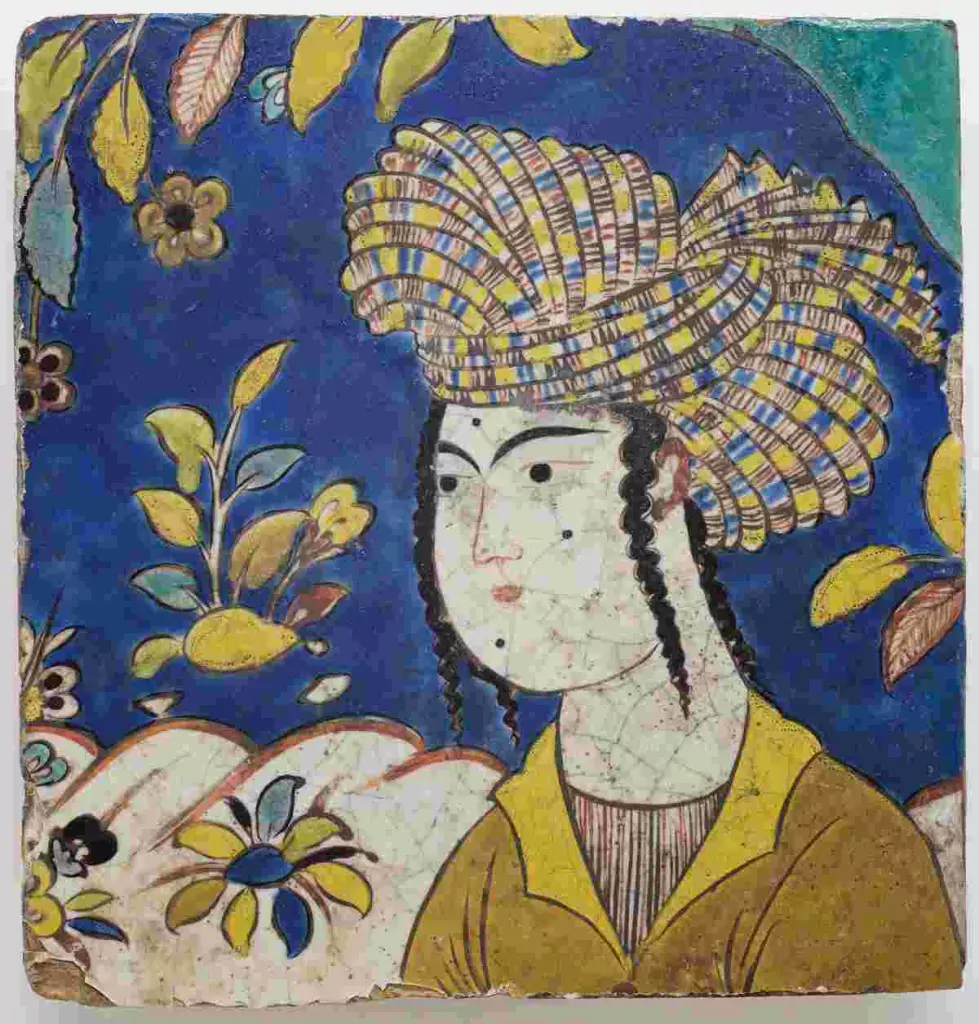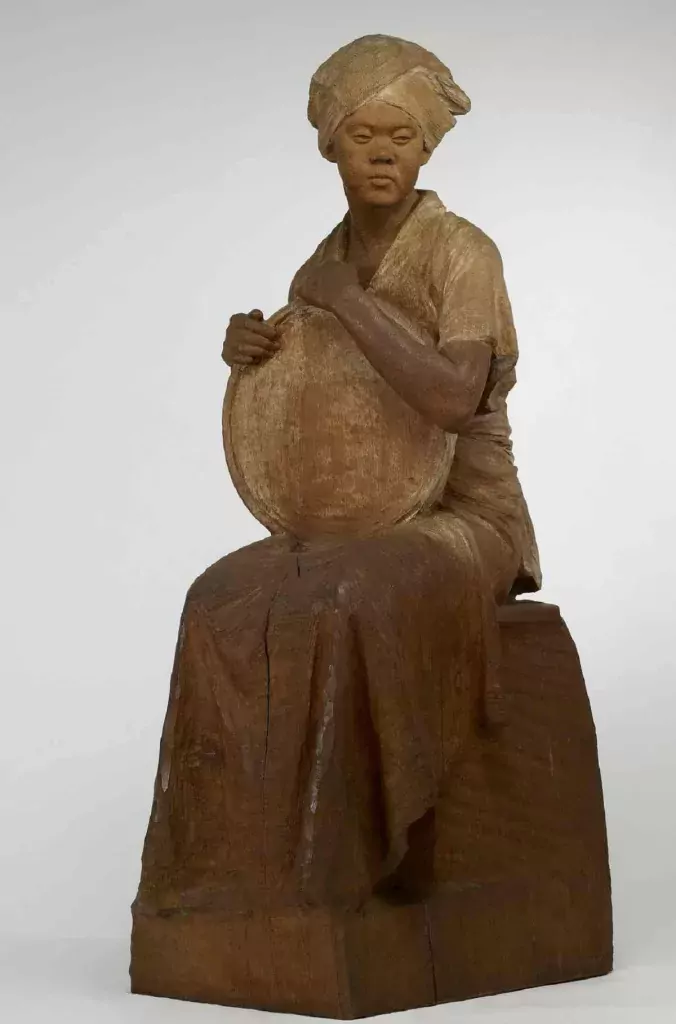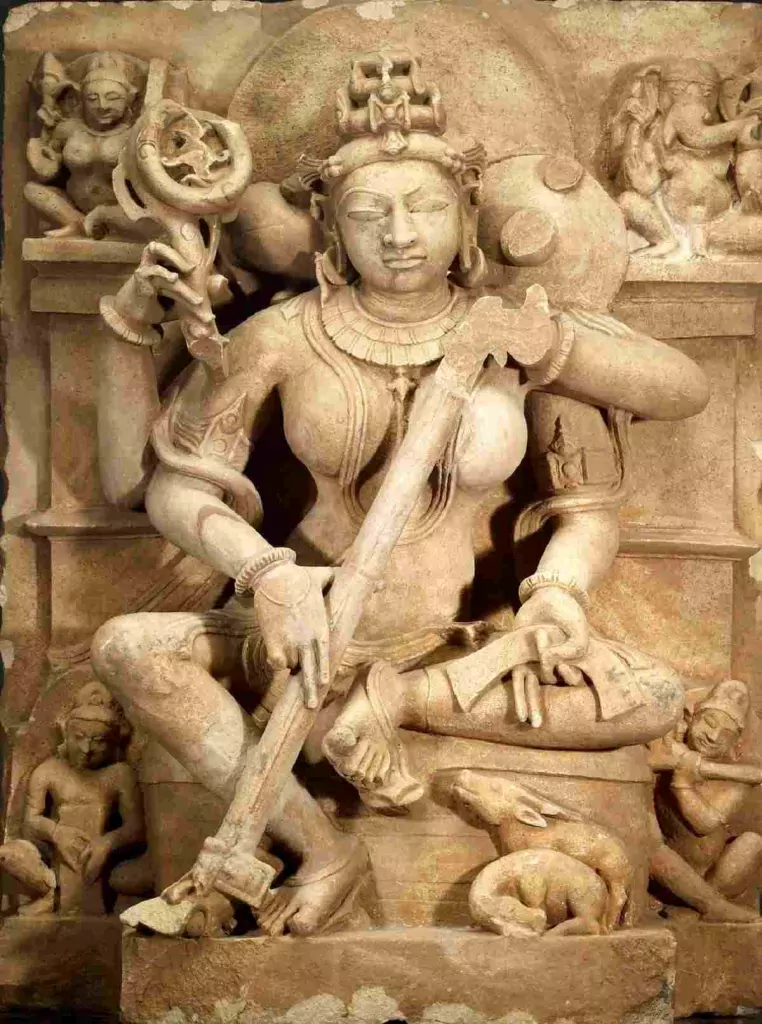ART & DESIGN
Cross section of works in Across Asia: Arts of Asia and the Islamic World at the Walters Art Museum
Across Asia: Arts of Asia and the Islamic World, a profound new exhibition at the Walters Art Museum, provides an in-depth look at the interconnectedness of the arts of Asia and the Islamic World and the influences of Europe and Africa.
BY KAZEEM ADELEKE, ARTCENTRON

BALTIMORE, MD-The latest exhibition at the Walters Art Museum, titled Across Asia: Arts of Asia and the Islamic World, focuses on understanding the relationship between Asian and Islamic art. With an astonishing 600 art pieces spanning 5,000 years, the exhibition’s daunting objective is to establish a connection between various forms of art, cultures, religions, and ideas throughout the extensive geography of Asia. Additionally, the exhibition also aims to showcase the artistic and cultural exchanges that occurred between the continent of Asia and other regions such as Europe and Africa, creating a comprehensive outlook on the museum’s collections.
The exhibition Across Asia: Arts of Asia and the Islamic World offers a unique opportunity to discover the prolific artistic legacy of Asia and the Islamic World. This is the first time the Walters Art Museum has brought its central collections of Asian and Islamic art together to present a coherent theme. An impressive display, the exhibition showcases a diverse range of art forms, such as architecture, calligraphy, ceramics, cloisonné, enamelwork, lacquerware, manuscripts, metalwork, painting, sculpture, and textiles. The expansive collection and installation is a rare chance to view some of the museum’s best-known works alongside several pieces that are on public display for the first time.
Julia Marciari-Alexander, Andrea B. and John H. Laporte Director said: “Arts from the Asian continent and the Islamic world have held places of pride at the Walters since the earliest days of its opening to the public. Across Asia: Arts of Asia and the Islamic World uses the unique breadth of the Walters collection to tell stories that are as distinctive as they are compelling.”
Inside the Arts of Asia and the Islamic World
Across Asia: Arts of Asia and the Islamic World is divided into several sections: East Asia, South, and Southeast Asia, and the Islamic World. In the East Asia section, visitors can explore various themes, including literacy and learning, pastimes, adornment, stimulants, worldviews, the natural world, rites and rituals, death and the afterlife, and trade and exchanges. The galleries also include works of Islamic, European, and contemporary art. In this display is a diverse range of art forms, such as sculpture, metalwork, jades, paintings, textiles, and especially ceramics, created during China’s final imperial dynasty, the Qing dynasty (1644–1911), as well as the Meiji period of Japan (1868–1912). The Japanese art collection makes up a significant portion of the Walters’ collection. It includes Korean bronzes and ceramics, particularly those produced during the Goryeo dynasty (918–1392) and the Joseon dynasty (1392–1910).
South Asia and Southeast Asia
The South Asia and Southeast Asia galleries have on display a variety of breathtaking objects that will captivate visitors to this show. Also in the galleries is information about the cultural interactions and exchanges that occurred between these regions through sculpture, architecture, and painting. Particularly, visitors will see how the representation of images of Buddha and Bodhisattvas remained consistent while also evolving across the arts of South and Southeast Asia as well as East Asia. The Southeast Asia galleries offer a broad context for understanding Bodhisattvas, while the East Asian gallery delves deeper into exploring Bodhisattva Avalokiteshvara. Additionally, there is a case dedicated to South Asian Islamic arts that demonstrates how local techniques and styles influenced the aesthetics of the arts of Islam in an area adjacent to the Gallery of Arts of Persian Cultures.
The Islamic World

The galleries dedicated to the Islamic world offer a wealth of information, much like the galleries in the South Asia and Southeast Asia sections. These galleries showcase the diversity of Muslim communities around the world, including those residing on every continent, with the highest concentrations historically and presently in the Middle East, North Africa, South Asia, and Southeast Asia. The galleries are titled “Islamic World” to evoke the Arabic concepts of dar al-Islam (abode of Islam) and ummah (global community of Muslims), while also allowing for an expansive presentation.
The galleries cover a variety of themes, including stargazing, devotional practices like pilgrimage, figural arts, jewelry and adornment, food, and entertainment. They also feature consumable goods such as coffee and incense. This diverse display offers a glimpse into the daily lives of Muslims around the world, despite its limited scope. Additionally, this section is an important resource for learning about the history of object collecting and conservation, thanks to the stories and objects on display.
Across Asia: Arts of Asia and the Islamic World is a significant project that involved the rethinking and reinstallation of the Walters Art Museum’s Asian and Islamic art collections. A 19th-century Buddhist pulpit (known as a thammat) from Thailand is among the artworks on display. This extraordinary piece is one of only a few Thai pulpits in a museum located in the United States. It underwent extensive treatment at the Walters’ conservation lab, with support from a generous grant from the Carter Foundation, and is now on display for the first time. Visitors will appreciate the thammat’s beautiful minimalist architecture, its intricate ornaments, and its elaborate design, which give it this imposing look from every angle.
Another artwork on display is Arayori (A Peasant Woman) by Yoshida Homei, a Japanese artist, who lived from 1875 to 1943. Henry Walters acquired the piece, which is now a major part of the Walters Art Museum collection, in 1915, during Japan’s early 20th-century modernization. The sculpture was made in Tokyo around 1915 during the Taisho period and features a woman sitting on a boulder holding a large bowl commonly used on farms. Her head is turned to the right as if avoiding a direct gaze at the sculptor at work.
Yoshida Homei’s exceptional sculpting skills are evident in the intricate rendering of the folds on the woman’s dress, her mood, and her expression. Arayori represents the idealization of rural life, reflecting the nostalgia that was prevalent in many of the artist’s works during the period when Japan was experiencing rapid modernization and aggressive international engagement at the beginning of the 20th century. A brilliant sculptor, he was awarded one of two gold medals for sculpture by the Japanese pavilion’s organizing committee.

Sarasvati, an Indian sculpture made of sandstone that dates back to the 10th–11th century, is another captivating artwork in this important show. In 1969, the museum made a valuable acquisition of this stunning artwork, believed to have originated in Uttar Pradesh, India. The artwork depicts Sarasvati, the Hindu goddess of music and learning, in a beautiful sandstone sculpture. Sarasvati appears holding a palm leaf manuscript in one of her four hands while playing the melodious “vina” with the other hand. It is an exquisite piece that showcases the rich cultural heritage and artistic traditions of India. The manuscript represents sacred knowledge, which the goddess protects.
Sarasvati, the Hindu goddess of knowledge and music, has been revered and worshipped by many communities, including Hindus, Jains, and Buddhists, for centuries. Adapted from earlier traditions that recognized the spiritual essence of all natural objects, Sarasvati has become a symbol of generosity and enlightenment. Her legends of knowledge and wisdom have spread far and wide in India, even by certain Muslim rulers, such as Sultan Ibrahim ‘Adil Shah II.
The acceptance of Sarasvati across different cultures and religions is a testament to the universal appeal and enduring power of Sarasvati’s message of learning and benevolence. Although following a monotheistic faith, Ibrahim still revered Sarasvati as his spiritual mother and composed verses in her honor, including the line, “Sarasvati is a white jasmine flower.” Ibrahim, having adorned himself with a garland, humbly bows his head before her and offers prayers. This sandstone sculpture is just one example of the long tradition of stone carving in India utilized to embellish the country’s temples, forts, and palaces. Visitors can admire the intricate details of this ancient work of art.

One of the exquisite works in this exhibition is Bowl with Chrysanthemum Blossoms, created by Japanese artist Namikawa Sosuke during the Meiji period around 1900. The delicate bowl features chrysanthemum blossoms crafted using translucent cloisonné enamel and silver. Henry Walters acquired the piece in 1900 and is a stunning example of Japanese art from the Meiji period.
Adriana Proser, who is the Mr. and Mrs. Thomas Quincy Scott Curator of Asian Art, curated Across Asia: Arts of Asia and the Islamic World, along with Dany Chan, who is the Associate Curator of Asian Art, and Ashley Dimmig, who is a Guest Curator and former Wieler-Mellon Postdoctoral Curatorial Fellow in Islamic Art.
Despite the daunting challenge of the Across Asia: Arts of Asia and the Islamic World exhibition, the curators successfully created a comprehensive theme by facilitating dialogue among the artworks and promoting multilingual harmony through diverse forms of art, cultural artifacts, religious objects, and ideas that highlight the region’s interconnectedness. They were also successful in showcasing the cultural exchange and cross-fertilization of ideas between Asia and other regions, such as Europe and Africa. Furthermore, the use of wall didactics and labels was valuable in providing information and contextualizing the artworks and objects on display.
Across Asia: Arts of Asia and the Islamic World at the Walters Arts Museum. The exhibition is accompanied by a book, Across Asia and the Islamic World, which features essays by the show’s curators.
